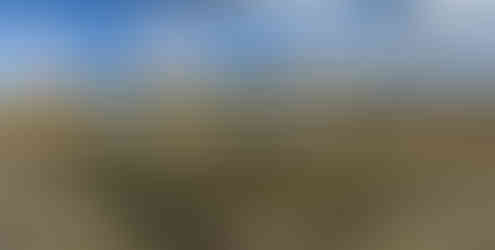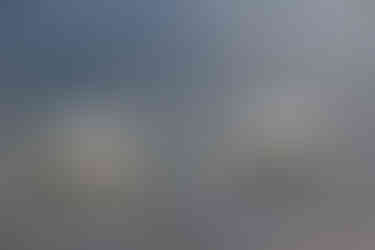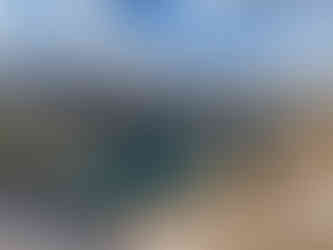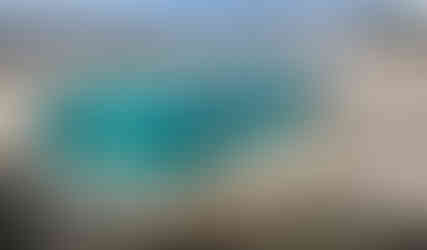Yellowstone and the Tetons
- dougsmith51
- Sep 23, 2019
- 4 min read
[NOTE TO OUR READERS: if you'd like to see bigger versions of the photos we're posting on our blog, click on the "Photos" tab for the Ciaowagen website].
After 3 weeks in Montana, it was time to head south into Wyoming to visit two great national parks: Yellowstone and Grand Teton.
If you've never been to Yellowstone before, suffice to say that it's HUGE, and the landscape and its features are awe-inspiring. It's quite diverse, with several distinct sections.
Yellowstone was given its name by Native Americans, and when you visit the Grand Canyon of the Yellowstone River, it's easy to see where that name came from. The canyon walls look like an artist's palette, with yellow the most prominent color.
It is possible to hike to the brink of Lower Yellowstone Falls, something we'd seen through binoculars in a past visit. We resolved that we would do it ourselves this time. It was worth the hike!
There is an Upper Yellowstone Falls, although it's not as big as the Lower Falls and isn't visible from the popular viewpoints.

In addition to mountains and canyons, Yellowstone has wide valleys where much of the wildlife hangs out, including elk, coyotes, eagles and swans, and the iconic bison (Yellowstone has the largest wild herd in America - one of the few places where they weren't entirely killed off). Bison, which weigh in at 2,000 lbs each, have the right of way on all Yellowstone roads - no argument there!
Based on recommendations from friends in Bozeman, one day we headed out the less visited northeast entrance of the park to travel the Beartooth Scenic Highway. The pass ihad been closed the day before due to snow, but had been re-opened that day. From the top of the ridge line of the mountains we crested our way above 10,000 feet and were treated to 360 degree views as far as the eye could see. While Glacier's Going to the Sun road had always been our "gold standard" for scenic drives, the Beartooth Scenic Highway now occupies that coveted position. We highly recommend this drive if you are in the area.
Yellowstone is most famous, of course, for its geothermal features, and they occur throughout the park, even along the shores of (and underneath) Yellowstone Lake. They range from hot springs, to geysers, to fumaroles (holes with sulphur steam coming out), to travertine terraces, to boiling mud (which has to be seen in action to truly appreciate). The colors of the hot springs are affected by the temperature of the water and the various bacteria that thrive at each temperature. All the geothermal features are heated by magma, which is particularly close to the surface in Yellowstone. The park is the site of a caldera (collapsed volcano) that was 30-40 miles across.
Some geothermal wonders merit special mention. Mammoth Hot Springs deserves its name - you can see it coming from miles away! The springs carry minerals that, over time, have built up beautiful travertine terraces that are constantly eroding and being built up. What's flowing one year may be dried up the next, and new flows may have opened up.
The star of the Midway Geyser Basin is the Grand Prismatic Spring, hundreds of feet across and particularly colorful, something best appreciated by taking a hike up to an overlook. The spring's flow empties directly into the appropriately named Firehole River.

Then there's the celebrity: Old Faithful. It's not the biggest or the most frequently erupting geyser (indeed some erupt every few minutes), but it is both famous and beautiful. You need to get there early to claim a seat for the eruptions, which occur about about every 90 minutes.

For those of you who haven't seen Old Faithful in person, here it is in action:
After a great week in Yellowstone (which sits above 7,000 fee in elevation, so it got down to freezing some mornings even though it was still the first half of September), we headed to Grand Teton National Park, which abuts Yellowstone on the south. The Tetons rise directly from a flat valley with no foothills, making them particularly dramatic. They owe their existence to a fault in the earth's crust that has pushed these massive stone mountains into the sky at rather rackish angles. The fault is still very active with the Tetons rising and the neighboring valley sinking.
It rained for a good portion of our three days there (but cleared as we were leaving), so we weren't able to do a lot of hiking, but we did do a wildlife tour where we saw bison, pronghorn, and moose in the distance (too far to be photographed), as well as some beavers, busy with their beaver lodge. We've put the Tetons on our list for a return visit!
Fall was in the air, and it was time to head east for a visit to Virginia for the first half of October. A lot of driving lay ahead but with a few great stops along the way. More about that in our next blog entry!






























































































Did you really ride in the Ciaowagen on the Beartooth? We did those hairpin turns on our trip out there and I was nervous in our family sedan!!! But spectacular scenery, as are your photos.